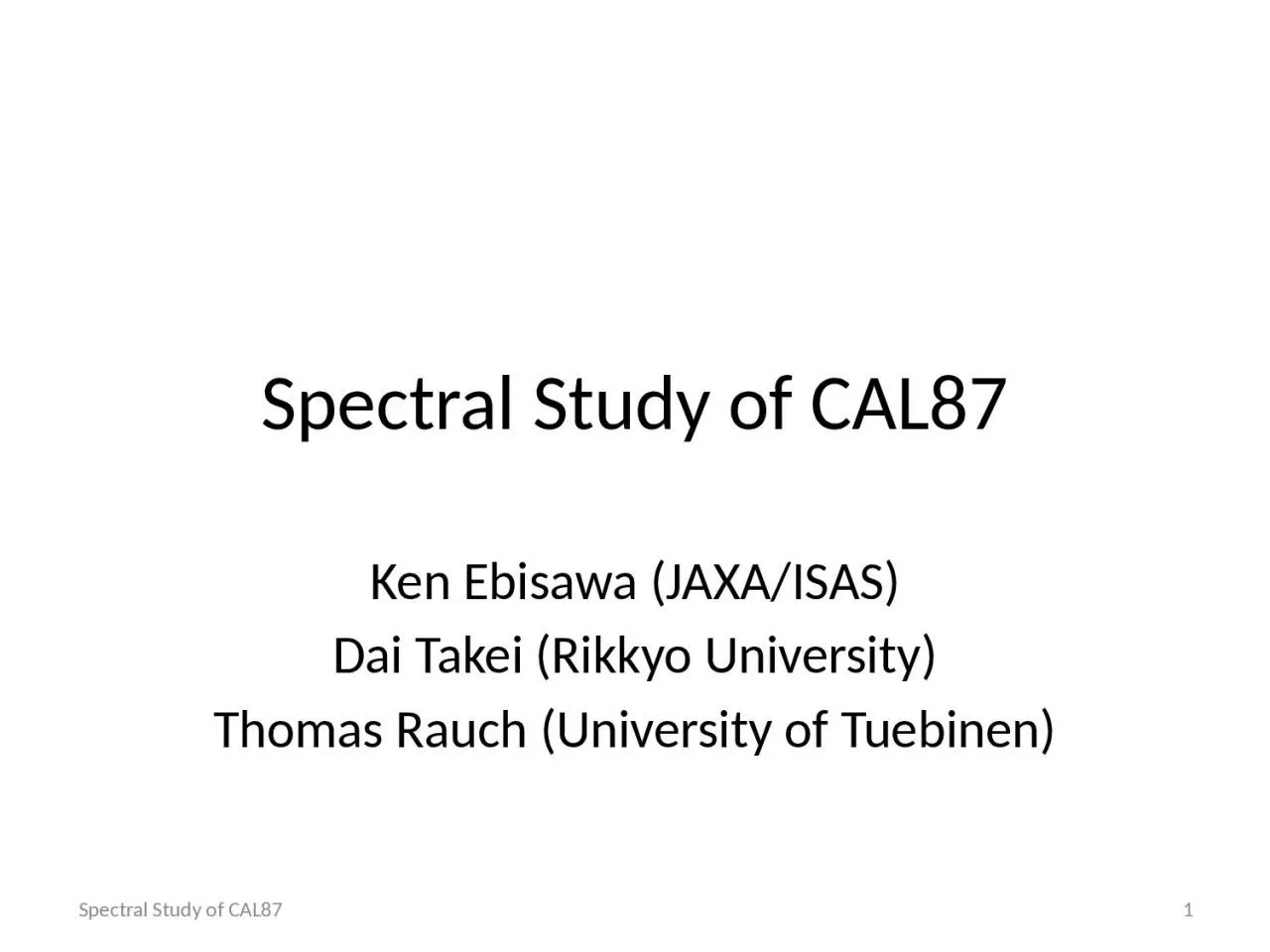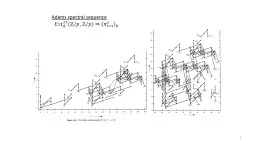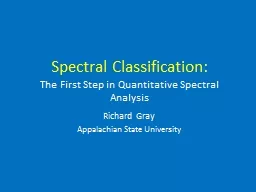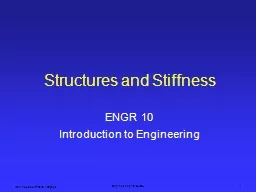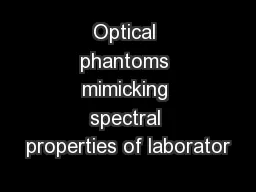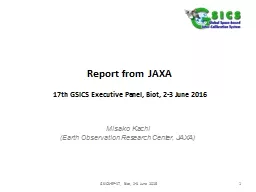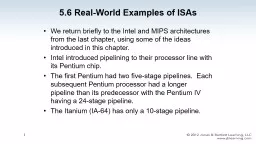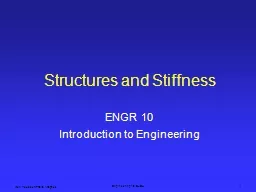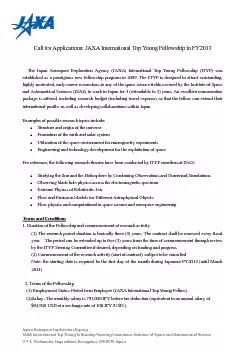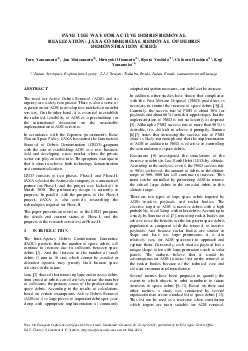PPT-Spectral Study of CAL87 Ken Ebisawa (JAXA/ISAS)
Author : StarDust | Published Date : 2022-08-02
Dai Takei Rikkyo University Thomas Rauch University of Tuebinen 1 Spectral Study of CAL87 CAL87 A supersoft source in LMC discovered by Einstein Columbia Astrophysics
Presentation Embed Code
Download Presentation
Download Presentation The PPT/PDF document "Spectral Study of CAL87 Ken Ebisawa (JAX..." is the property of its rightful owner. Permission is granted to download and print the materials on this website for personal, non-commercial use only, and to display it on your personal computer provided you do not modify the materials and that you retain all copyright notices contained in the materials. By downloading content from our website, you accept the terms of this agreement.
Spectral Study of CAL87 Ken Ebisawa (JAXA/ISAS): Transcript
Download Rules Of Document
"Spectral Study of CAL87 Ken Ebisawa (JAXA/ISAS)"The content belongs to its owner. You may download and print it for personal use, without modification, and keep all copyright notices. By downloading, you agree to these terms.
Related Documents

